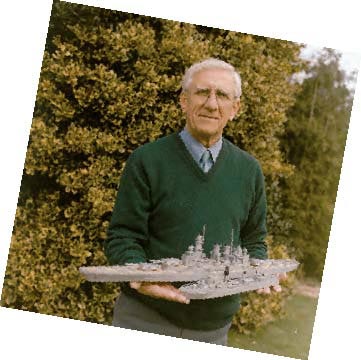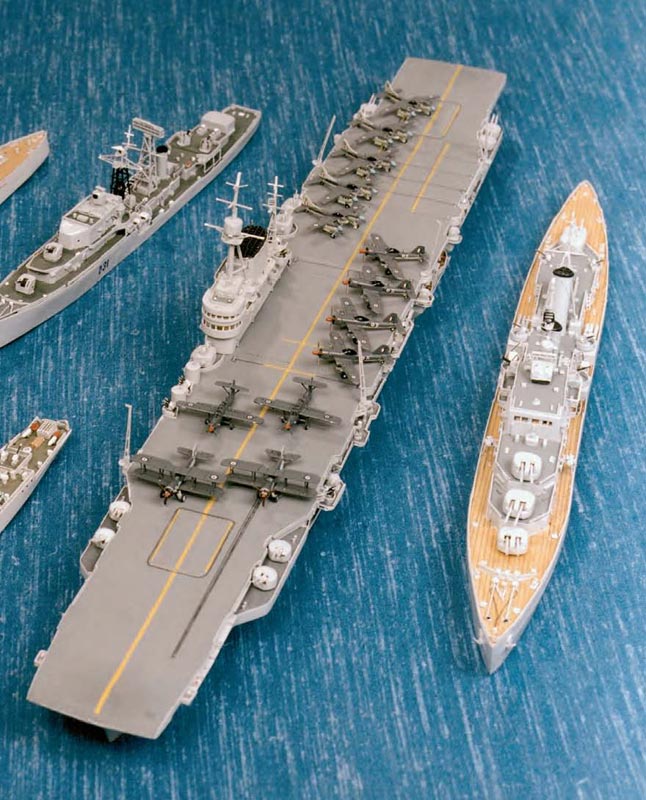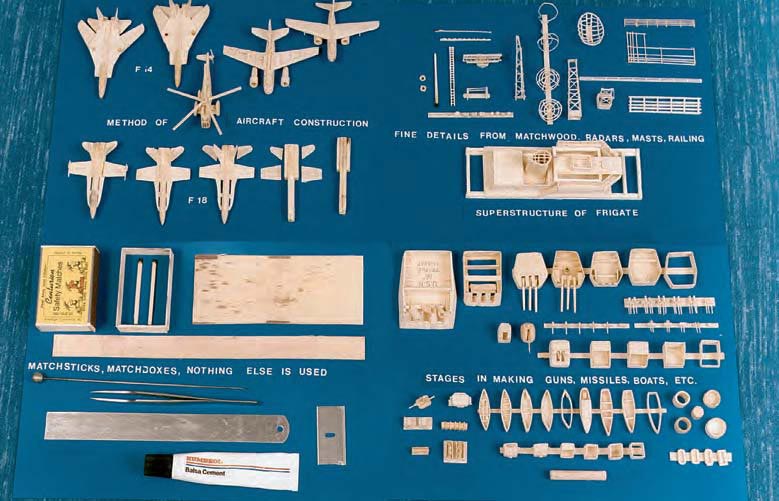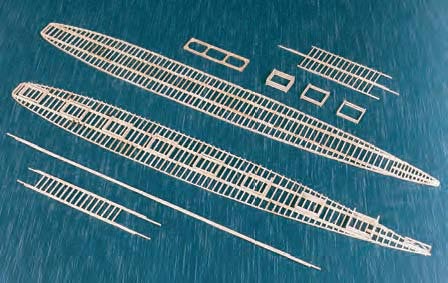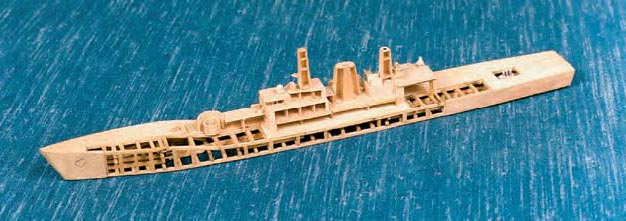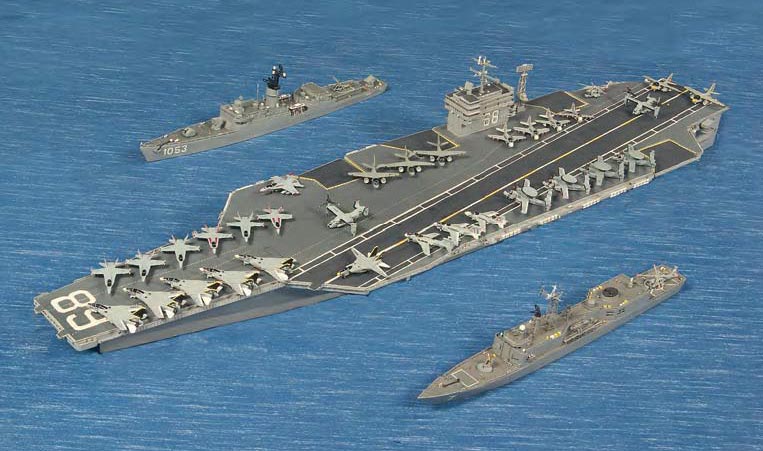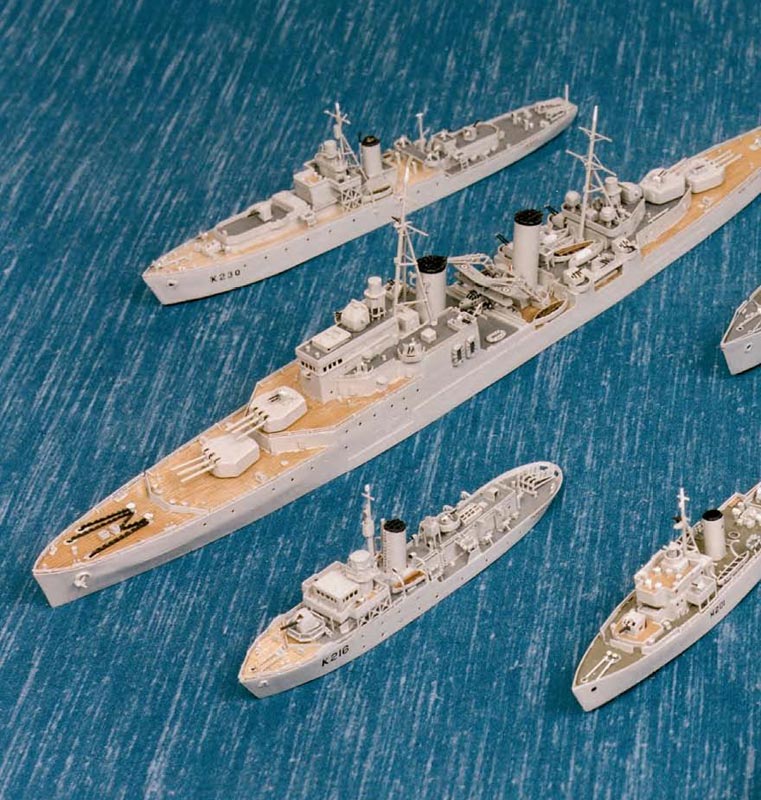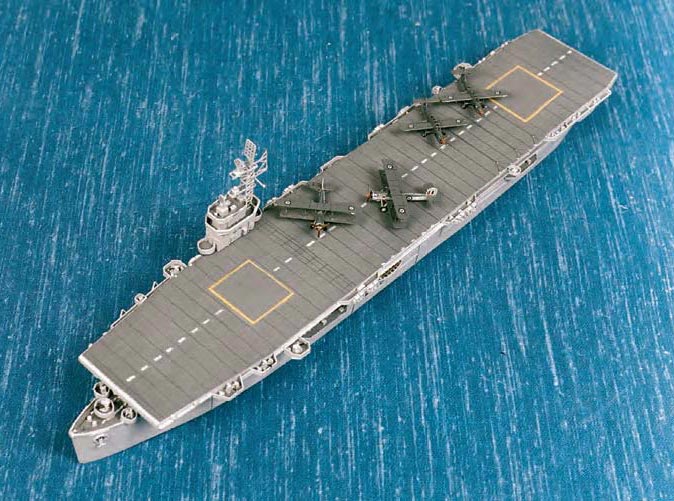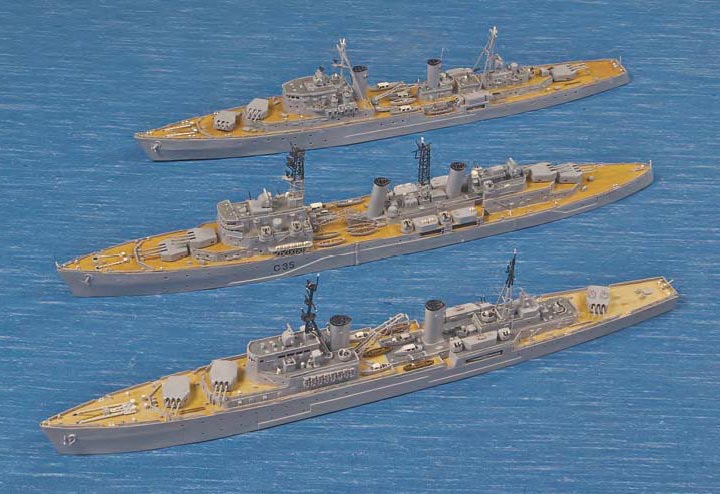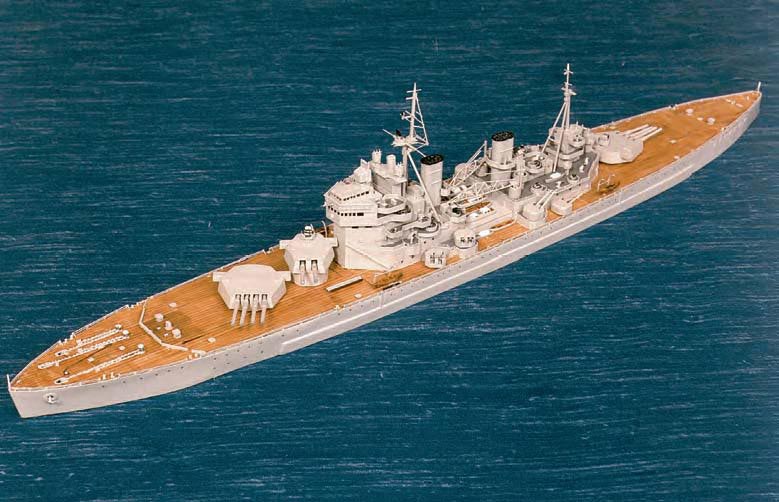Making a Matchstick Fleet
Introduction
Philip Warren began his great project in 1948, but it wasn’t until 2012 that his fleet of ships—built completely out of matchsticks—caught global attention. Photos of Mr. Warren’s remarkable models went viral on the internet almost 65 years after he had first begun to make his unique ships. We felt that visitors of the Craftsmanship Museum website would appreciate this massive undertaking, and have received permission from Mr. Warren to publish some of his photos, and his story.
Over 450 Modern Warships Modeled Using Only Matchsticks and Match Boxes
By Philip Warren
The Matchstick Fleet consists of over four hundred and fifty model warships made from only matchsticks and wooden matchboxes to a scale of 1:300. This unique collection of models represents almost every major class of warship in service with the world’s navies since 1945. They range from the last of the Second World War battleships to the nuclear powered submarines, and the largest aircraft carriers that will continue into the 21st century.
The largest number of ships are those of the Royal Navy, and include variations within the same class of ship; for example, 7 of the Leander class frigates. Commonwealth ships are also included. The ships of the US Navy are also numerous, including 4 of the giant super carriers, 2 battleships, and a series of cruisers illustrating the change from guns to missiles in the second half of the 20th century. A total of 60 US ships have been modeled thus far.
These photos only give a glimpse of Philip’s huge collection of model ships. Mr. Warren has modeled every class of warship in the Royal Navy built since 1945, along with many others.
The huge Cold War Soviet fleet is represented by ships of various types and sizes, from Krivak frigates to the giant missile cruiser Kirov. European navies are also well represented by ships from France, Holland, Italy, Spain and Germany. About 50 ships from navies other than Great Britain and the USA are included.
Naval Aviation has been an important factor in this period, and is represented by over 800 aircraft of all types, also made from only matchsticks and matchboxes to complete the display.
The first model was constructed in 1948, although this model was quite crude by later standards. The basic method of construction had been established, as well as the materials to be used for the whole collection. This technique has been improved and refined over half a century of model making, but the basic system and materials used have never changed throughout the years to achieve the present high standard of finished model.
The model consists of a framework of matchsticks covered on the sides and decks by the wood from matchboxes. The same material is used to construct superstructure, gun turrets, missile launchers and radar aerials. Many of these items move, rotate and elevate on matchstick spindles. No other materials are used in the construction of the models—even ships railing, anchor chains and the finest detail is made from matchwood.
The method of construction is very simple but extremely flexible, allowing easy modification at an early stage of build or even after the model has been finished. This allows for changes in the real ships to be replicated with ease, thus keeping the fleet up to date.
The aircraft that compliment the display are made in the same way and to the same scale as the ships. Over 1,200 aircraft have been built, and the present display includes over 800 aircraft. They range from the veteran biplane, the Swordfish, to the very latest supersonic jets, and once again include moving parts—the wings on the F14 Tomcat actually swing and helicopter rotors fold and revolve, just like the real thing.
The finishing touch comes with the painting. This is all done by hand. The squadron markings on the aircraft and all the lettering is done without the use of any transfers or stencils.
The fleet is built with an incredibly simple set of tools, nothing more than a razor blade, a steel straight edge, sandpaper, and a hatpin for burning holes.
Older models have been improved and updated many times, and it is impossible to pick out the older ships, particularly as they have not been built in any historical sequence. For example, the WWII Battleship, King George V was not modeled until 1990. The full display is an illustration of naval development since WWII.
The models have been displayed for many local and national charities. Very few of the collection have been disposed of over the years, and the making of the Fleet has remained a genuine hobby with no commercial aspect at all.
—Philip Warren
Along with his models of Royal Navy warships, Philip has also built over 60 ships from the US Navy, and 50 others from navies around the world.
The Matchstick Fleet by the Numbers
-
Number of ships modeled: 450
-
Number of aircraft modeled: 1,200
-
Number of matchsticks used for an average size ship: 1,500
-
Time to build an average size ship: 2 months
- Number of matchsticks/match boxes used for a larger ship: 5,000/200
-
Time to build a larger ship: 1 year
-
Total number of matchsticks used to build the whole fleet: 650,000
Articles and Videos on the Matchstick Fleet
- The Matchstick Fleet was featured in an article by The Daily Mail.
-
Mr. Warren was also featured in an article by the BBC.
-
The website WorldWarWings also wrote an article about the Matchstick Fleet.
-
A more recent article by The Telegraph provided an update on Mr. Warren’s work.
-
Additionally, watch a YouTube video below about the Matchstick Fleet from Forces News:
View more photos of Philip Warren’s immense collection of matchstick model ships.

